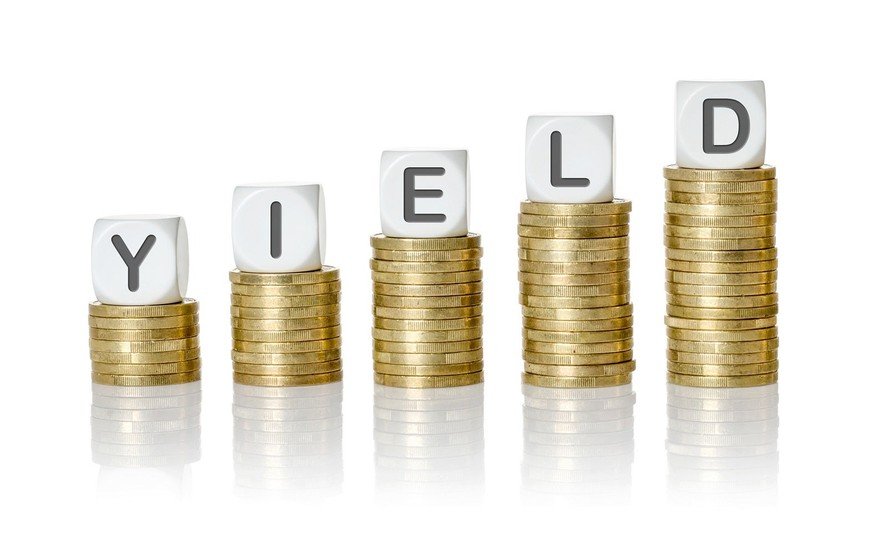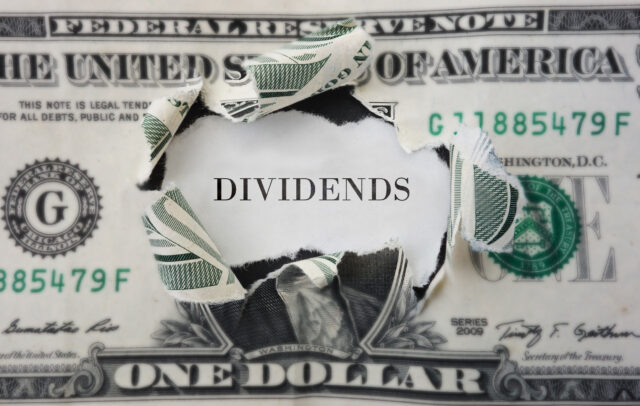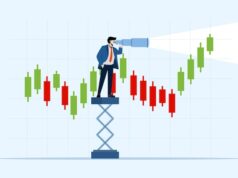When it comes to investing in high-dividend yields, beginners may find themselves facing a potential trap. While the allure of a steady stream of income can be tempting, there are several factors to consider before diving in headfirst.
Understanding the risks and rewards of high-dividend stocks is crucial for making informed decisions. In this article, we will explore four key things that beginners should know when it comes to navigating the world of high-dividend yields.
By arming yourself with this knowledge, you can set yourself up for success and avoid falling into potential pitfalls along the way.
1. Understanding High-Dividend Yields: A Beginners Guide

Are you a beginner investor looking to learn more about high-dividend yields? In this beginner\’s guide, we will break down everything you need to know about high-dividend yields and whether or not they could potentially be a trap for inexperienced investors. It\’s important to understand the complexities and variations in the world of high-dividend yields, as they can sometimes be misleading for beginners.
By the end of this article, you will have a better understanding of what to look out for and how to navigate the potential pitfalls of high-dividend yields, and how to identify the best dividend stocks for your portfolio.
2. The Potential Pitfalls of High-Dividend Yields: What Beginners Should Consider

When delving into the world of high-dividend yields, beginners should be wary of potential pitfalls that could lead them astray. While the allure of high returns may be tempting, it is crucial to consider the underlying factors that drive these yields.
One common pitfall is investing in companies with unsustainable dividend payouts, which can be a warning sign of financial instability or poor management. Additionally, high-dividend yields can sometimes indicate that a companys stock price is depressed, leading to the potential for further declines in the future.
Beginners should also be cautious of chasing after the highest yields without considering the overall health and stability of the company. It is important to conduct thorough research and analysis before diving into high-dividend investments to avoid falling into a potential trap.
3. Evaluating High-Dividend Yields: Key Factors to Keep in Mind

When evaluating high-dividend yields, there are several key factors that beginners should keep in mind to avoid falling into a potential trap. Firstly, it is important to assess the sustainability of the dividend payments.
Look into the company\’s financial health, earnings growth, and historical dividend track record to determine if the high yield is sustainable in the long run. Additionally, consider the companys payout ratio, which compares the dividends paid out to the companys earnings.
A high payout ratio may indicate that the company is paying out more in dividends than it can afford, putting the dividend at risk. It is also essential to diversify your dividend investments to spread out risk and avoid relying too heavily on one high-yielding stock.
Lastly, remember that high dividend yields are not always the best indicator of a good investment. Be sure to conduct thorough research and consider other factors beyond just the dividend yield when evaluating potential investments.
4. Avoiding the High-Dividend Yield Trap: Tips for Beginner Investors
For beginner investors, navigating the world of high-dividend yields can be a daunting task. While the allure of high dividends may seem appealing, it is important to understand that these high yields can sometimes be a trap.
One tip to consider is to avoid falling into the trap of chasing high dividend yields without fully understanding the underlying risks. It is crucial for beginners to conduct thorough research on the companys financial health, dividend history, and overall stability before investing in high-yield dividend stocks.
Additionally, diversifying your portfolio with a mix of high-yield and growth stocks can help mitigate risks and ensure a more stable investment strategy. By carefully considering these tips, beginner investors can avoid the high-dividend yield trap and make more informed investment decisions.
Conclusion
In conclusion, high-dividend yields can be tempting for beginner investors, but they can also be a trap if not fully understood. It is important for beginners to remember that high yields may signal underlying risks, such as dividend cuts or unsustainable payout ratios.
Before investing in dividend stocks, beginners should consider factors such as company stability, dividend history, payout ratio, and overall financial health. By conducting thorough research and seeking advice from financial experts, beginners can navigate the world of high-dividend yields more confidently and potentially identify the best dividend stocks for their investment portfolios.




